Master Baking Class with @ albertocotua ( Weekly Series) Issue no 2
Milk and milk products.
Hello steemers, continuing with this new section Master Baking Class in Steem Kitchen, I bring you this article written by me to describe what we do with milk and dairy products within the bakery.
After water, milk is the most important liquid in baking. Water is essential for the growth of gluten; As fresh milk contains 88 to 91% water, it fulfills that same function. In addition, the milk contributes to improve the texture, the flavor, the color of the crust, the conservation qualities and the nutritional value of the bakery products.
Fresh milk.
Whole milk is fresh milk as it is obtained from cows, without removing or adding elements (except when enriched with vitamin D). It contains 3.5% fat (known as cream or milk fat), 8.5% non-fat milk solids and 88% water.
Fresh whole milk is obtained in several ways:
Pasteurized milk: is milk that is subjected to heating to destroy the bacteria that produce diseases, and then cooled to very low temperatures. Almost all milk and cream products on the market are pasteurized.
The homogenized milk: is processed so that the cream is not separated. This is achieved by forcing the milk to pass through very tiny holes, which break the fat into small particles that remain distributed in the milk.
The mentioned terms apply not only to whole milk, but also to the following presentations:
- Skim milk: it is the one that has had all the fat removed or
most of it. It contains 0.5% fat or less.
Cream.
You can get different kinds of fresh cream that differ mainly in the fat content:
Whipped Cream, whose fat content is 30 to 40%. Within this category are light cream to beat (with 30 to 35% fat) and thick cream to beat (36 to 40% fat). The whipping cream that is labeled as ultra pasteurized remains longer than the other pasteurized creams, although it does not bat with the same ease.
Light cream, also called table cream or for coffee, contains 16 to 22% fat, usually around 18%.
Half cream, whose fat content is 10 to 12%, too low to be considered as cream.
Fermented milk products
- Buttermilk is given to liquid and usually skim fresh milk that is grown or sour with bacteria. It is usually called cultured buttermilk to distinguish it from natural whey, which is the leftover liquid after making the butter. It is used in recipes that require sour milk, so this will be the term used in this work to refer to that milk product.
- Sour cream is cultivated or fermented by adding lactic acid bacteria. This thickens it and gives it a penetrating flavor. It contains around 18% fat.
- The yogurt is milk (whole or low in fat) grown with special bacteria. It has the consistency of custard.
Evaporated milk and condensed milk.
- Evaporated milk is milk, whole or skim milk, which is removed about 60% of the water. Then it is sterilized and canned. Evaporated milk has a certain "cooked" flavor.
- The condensed milk is a whole milk to which approximately 60% of the water is extracted, and it is sweetened strongly with sugar. It gets canned.
Milk powder.
Whole milk powder is dehydrated whole milk to powder. It does not keep well because it still contains the fat of whole milk, which becomes rancid easily. Therefore, it should be purchased in small quantities to keep it always in a cool place.
Skim milk powder, also known as non-fat milk solids, is dehydrated skim milk until it turns into powder.
Cheeses.
Two types of cheese are used in baking, mainly to make cheese fillings and cheesecakes.
Pastry cheese: soft cheese, not aged, with low fat content. It is dry and flexible and can be worked as if it were a dough. It is usually obtained in batches of 15 and 25 kilograms, and can be frozen to store it longer.
Cream cheese: it is also soft, not aged, but its fat content is higher, approximately 35%. It is mainly used for high-fat cheesecakes and a few pastry products.
Guide for the use of milk products in baking.
Fresh liquid milk: Whole milk contains fat, which should be considered as part of the fat elements of a formula. For this reason, whole milk and skim milk can not be exchanged in a formula, unless some adjustments are made in the amount of fat. Acidic ingredients such as lemon juice, cream of tartar or baking powder should not be added directly to the milk because they would "cut" it.
Sour milk:When producing sour milk, the lactose is converted to lactic acid. When this milk is used in place of normal milk for bakery products such as cakes or muffins, in most cases you have to neutralize the acidity by adding baking soda to the formula. In that case, since the bicarbonate and the acid release carbon dioxide when combined, this additional leavening power must be compensated by reducing the baking powder as follows:
For each liter (1 kg) of sour milk:
Add 15 g of baking soda.
Subtract 30 g of baking powder.
Cream: The cream is not usually used as a liquid in dough's and pastes, except in a few specialties. In these cases, because of its fat content, it will work as butter and liquid at the same time.
The cream is more valuable in the preparation of fillings, bitumen, sauces for desserts and cold desserts, such as mousses and bavaresas.
- Milk powder: Milk powder is often used for its convenience and low cost. In many formulas it can be used without reconstituting it, since milk powder is included in the dry ingredients and water is used as a liquid. In baking, this is a common practice that does not diminish quality in any way.
The proportions to reconstitute the milk powder are 12% milk powder and 88% water.
For baking, it is preferable to use a high-heat dehydrated milk powder, not processed over a low heat, since with this procedure at high temperatures certain enzymes that can degrade gluten are destroyed.
Storage of milk products.
Milks and creams, sour milk and other fermented milk products, as well as cheese, should be refrigerated at all times.
The evaporated milk can be stored in a cool storage place, while the cans are not opened. After opening, store them in the refrigerator.
Condensed milk in a large container is kept for a week or more after opening, if it is kept covered in a cool place. Sugar performs the functions of a conservator. Shake or stir milk before use, because sugar tends to settle on the bottom and sides of the can.
The milk powder should be kept in a cool, dark place. It does not require refrigeration, although it must be stored away from ovens and other sources of heat. Keep the container tightly closed to prevent the milk from absorbing moisture from the air.
I hope this and previous publications will be very useful when they go to make their bread or their cakes.
Yeast. "Saccharomyces cerevisiae"
What are sugars in the bakery and pastry?
The twelve steps to create quality bread.
What is chocolate and cocoa powder in baking?
The importance of Gluten in the Bakery.
Thank you for reading and make sure to join our Discord Server and follow @steemkitchen for more curated recipes, fun contests and great informative articles like this one from our valued members.

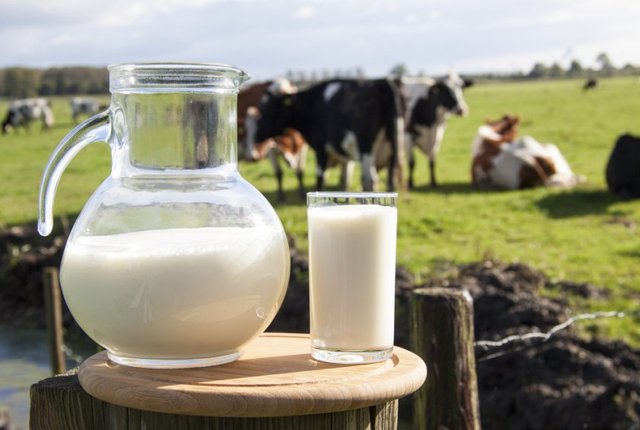
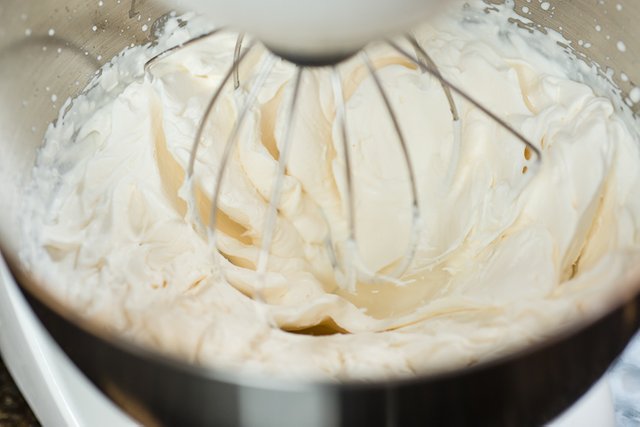
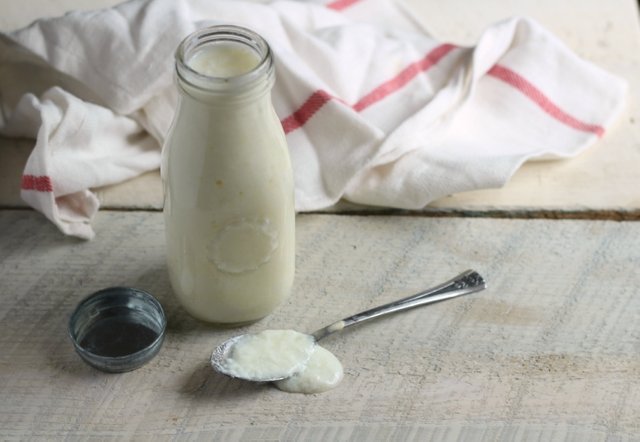
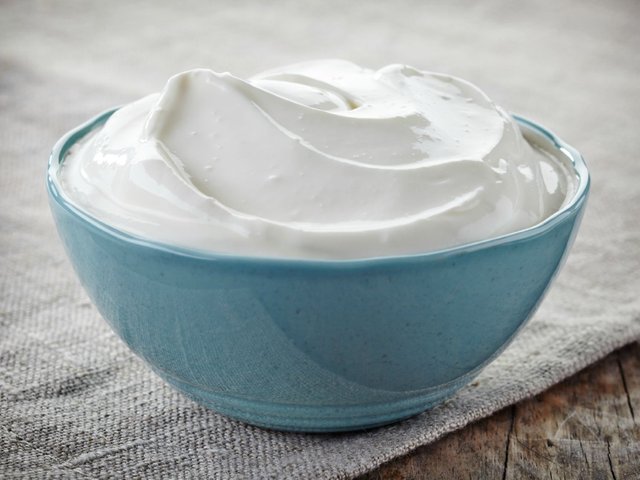
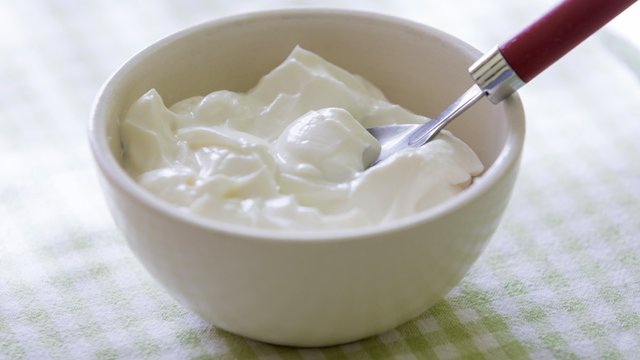
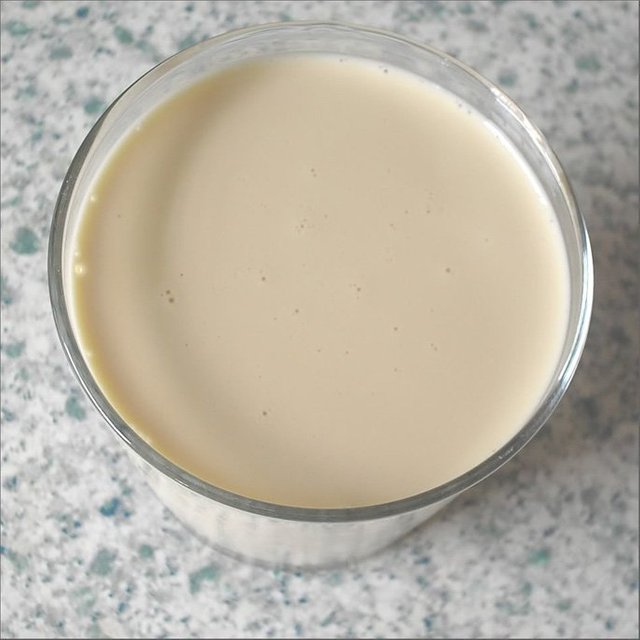
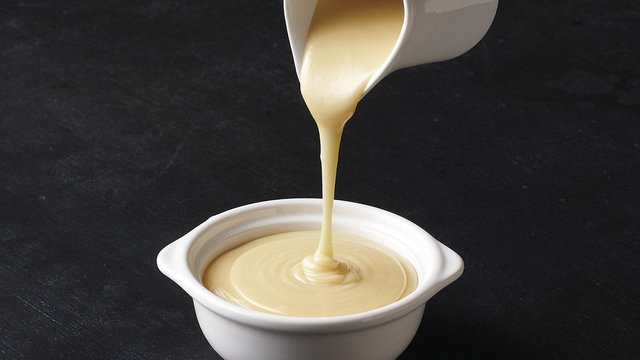
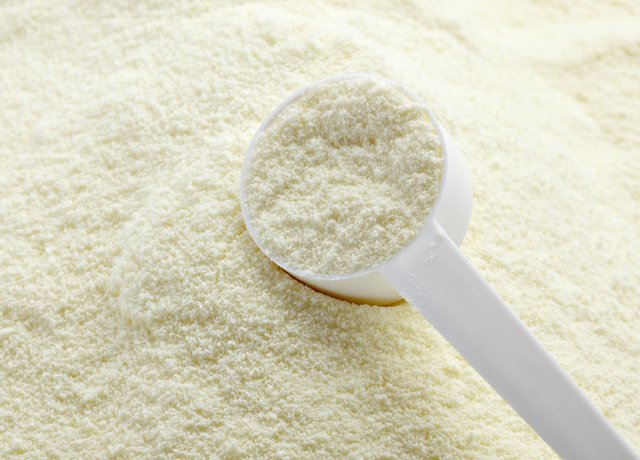
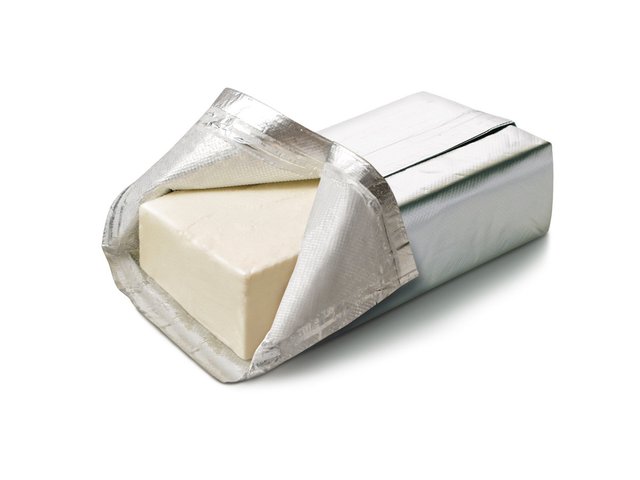

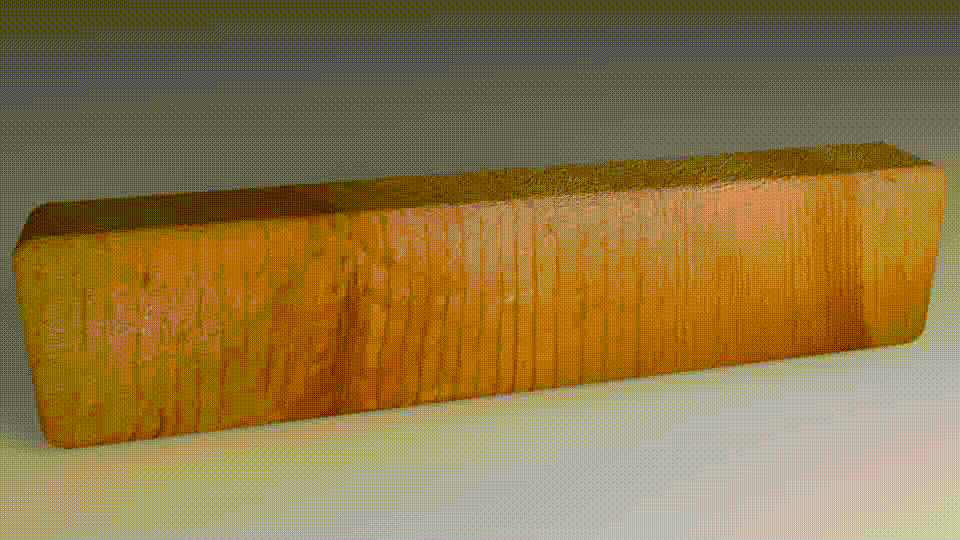
woah! once again, such an amaaaaazzzing post! well done to @albertocotua
Thank you!!
It's great! I always afraid to make dairy items for not perfect outcome. Now it'll be easier for me. Thank you 😊
If you got a question, text me on discord channel!!
Sure I'll. Thanks for your support.
Muy bien ,
I'm always looking forward for SK’s educational articles.
Upvoted
Gracias Joy! Un abrazo.
Congratulations! Your post has been selected as a daily Steemit truffle! It is listed on rank 2 of all contributions awarded today. You can find the TOP DAILY TRUFFLE PICKS HERE.
I upvoted your contribution because to my mind your post is at least 34 SBD worth and should receive 147 votes. It's now up to the lovely Steemit community to make this come true.
I am
TrufflePig, an Artificial Intelligence Bot that helps minnows and content curators using Machine Learning. If you are curious how I select content, you can find an explanation here!Have a nice day and sincerely yours,

TrufflePigThank you. Lets hope those votes come rolling in. Alberto really does produce great content.
As someone who likes to experiment in the kitchen, this post is going to be really helpful! Thanks for sharing!
Thank you!
Congratulations! This post has been upvoted from the communal account, @minnowsupport, by albertocotua from the Minnow Support Project. It's a witness project run by aggroed, ausbitbank, teamsteem, theprophet0, someguy123, neoxian, followbtcnews, and netuoso. The goal is to help Steemit grow by supporting Minnows. Please find us at the Peace, Abundance, and Liberty Network (PALnet) Discord Channel. It's a completely public and open space to all members of the Steemit community who voluntarily choose to be there.
If you would like to delegate to the Minnow Support Project you can do so by clicking on the following links: 50SP, 100SP, 250SP, 500SP, 1000SP, 5000SP.
Be sure to leave at least 50SP undelegated on your account.